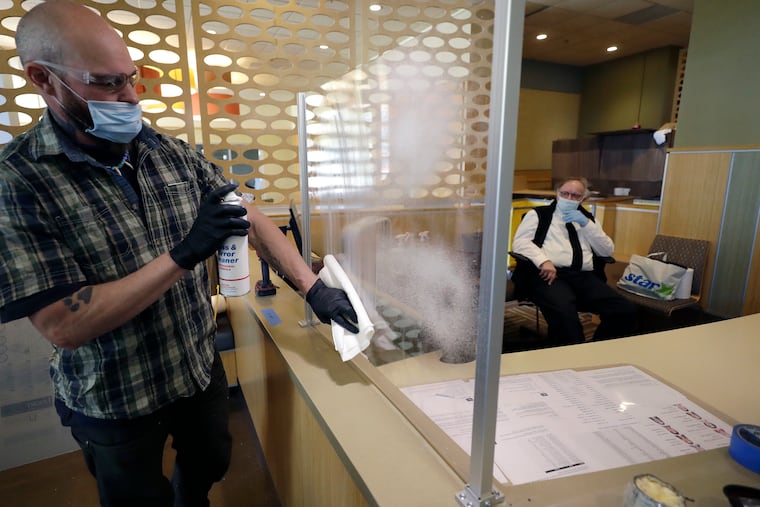Schools are on their own to figure out reopenings. Here’s how I plan to reopen mine. | Opinion
We're rejecting the dichotomy of in-person versus online.

For more than 76 million K-12 and college students in the U.S., education plans for next fall are very much up in the air. There’s general agreement among health officials that certain measures need to be in place before schools can reopen, like widespread testing, ongoing monitoring and contact-tracing, and protocols for containment. But the details of exactly when and how schools will reopen remains largely uncertain.
Some colleges have already decided on a path forward for next year. Last month, Notre Dame became one of the first major universities in the country to announce plans to reopen its campus for in-person instruction in the fall. In contrast, a week before their announcement, the state university system in California, made up of 23 schools, said their campuses would remain closed in the fall with instruction delivered online. Philadelphia-area universities, including Temple, the University of Pennsylvania, and Villanova, have yet to announce official fall plans.
As the headmaster of The Kiski School, an all-boys boarding school near Pittsburgh, I’ve had to start planning for the reopening of our school, which has been quite a challenge with all our established assumptions in a state of flux. Like most schools, we initially had a binary perspective: either schools will open and all the students will do in-person learning, or they’ll remain closed and online-only classes will continue.
But we quickly realized that a more likely scenario, for colleges and schools like ours, is that some students will be able to come back for the start of the school year, while others won’t. With students enrolled at our school from dozens of different countries and U.S. states, we know that some of them won’t be able to return due to travel and/or visa restrictions. And some parents won’t want their children to be away from home, even if schools have reopened in most areas.
Aiming to keep all our students engaged and enrolled until, over time, they can all come back to campus, we focused on developing a single integrated program that would allow both in-person and online learning to happen simultaneously and seamlessly.
In early April, we deployed a online learning program in response to COVID-19, where classes met using videoconferencing software. Based on feedback from students, teachers, and parents, we refined and improved our methods. Starting with what we learned from this program, we identified some of the benefits of on-campus learning that were missing, such as our enrichment programs.
Rather than accept the dichotomy of in-person versus online, we chose the best of both models to be ready for whatever “new normal” might emerge. In our recently launched hybrid program, students can attend live class sessions on campus or participate from home using a computer with a webcam. It offers a new approach to non-academic programs too, including sports and extracurricular activities, that brings students together physically and virtually. We’ve designed a flexible schedule that gives extensive access to teachers and advisors who’ll help our students be successful, whether they’re on campus or online.
» READ MORE: 20% of U.S. teachers probably will not return to classrooms if schools reopen this fall, poll finds
Public schools and private day schools should also be thinking about creating hybrid programs. In the course of regular monitoring, if a student or school employee tests positive, that person and everyone who’s been in contact with him or her will have to leave school to self-quarantine. There will also be members of any school community with immune deficiencies or other preexisting conditions who might need to participate remotely. All schools that reopen will have a blend of those who can participate in-person and those that can’t.
For hybrid learning to work, socio-economic demographics need to be addressed. Connecting students to their teachers remotely is especially challenging in areas with concentrations of poverty where completing work at home is impossible without internet access. In an environment of blended in-school and online instruction, this reality should drive which students are prioritized for in-person instruction.
How we live, learn, and interact has changed dramatically. How that will ultimately change schools is still in question. In a recent survey conducted by the National Association of Independent Schools, 72% of schools responding indicated that the top trend affecting their ability to meet enrollment goals was “parent confusion” about what will happen next fall. Providing certainty and stability through programs that work whether we have 100% of our students on-campus, 100% of our students online, or any combination in between, is our most important goal in the near future.
Christopher Brueningsen has been a private school educator for 30 years and since 2002 headmaster of The Kiski School, an all-boys boarding school in Westmoreland County.